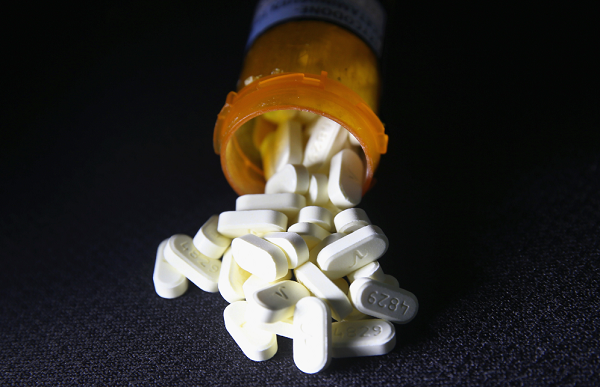Child Drug Use 2017: Brain Scans Could Predict Future 'Problematic' Substance Abuse Among Teens

Parents may be able to determine if their kids will experiment with drugs with the help of a brain scan, according to a study published in the Nature journal Tuesday. The longitudinal study, conducted by researchers from Stanford University, determined teens with decreased brain activity were more likely to abuse substances when they were older.
The study included brain scans of 144 14-year-olds using the IMAGEN Consortium, a brain imaging and genetic data collector that used to understand and treat mental health among teens. Combining the IMAGEN research with a psychological and behavioral test, researchers were able to split the adolescents into two groups including one group of 72 teens who were found to have high novelty-seeking tendencies and the other 72 who ranked low in novelty seeking tendencies. While their brains were being scanned, researchers also had participants engage in a Monetary Incentive Delay Task, or a test that assessed brain function in reaction to rewards of money, which Stanford researchers said marked the brain’s “reward anticipation.”
In the results, researchers found teens who were classified as “high novelty seekers,” or people more prone to engage in thrill-seeking activities, with less brain activity in response to the “anticipated reward” were more likely to use drugs by the time they were 16. Of the 72 high novelty seekers, 25 percent had used tobacco, alcohol and marijuana by age 16 while only 18 percent of the kids in the low novelty seeking group at age 14 had experimented or tried a substance by age 16.
“We wanted to know whether reward anticipation brain activity at age 14 would predict later substance use in risk kids – who are high novelty seekers," Stanford professor Brian Knutson, who conducted the study, told WIRED. “We found that at age 14, high novelty seekers who had less of a neural response to anticipated reward were more likely to use substances at age 16."
Knutson wasn’t able to determine why teens with decreased brain activity were more prone to drug use but said: “it could be due to inheritance, environmental influences or a combination of both.” However, he noted the research could be used to help “guide resources to vulnerable youth.”
“What the neural marker does tell us is that they likely are motivated less by conventional rewards," he said. “This might suggest that interventions for these kids might target more powerful but alternative rewarding activities."
In the U.S., six percent of high school seniors reported using marijuana in 2016 while only 1.3 percent admitted to daily alcohol consumption and 13 percent reported using tobacco, according to National Institute on Drug Abuse’s annual Monitoring the Future report.
© Copyright IBTimes 2024. All rights reserved.






















